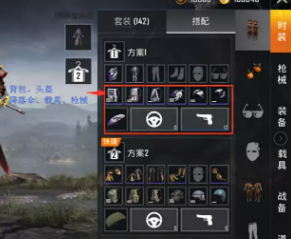e currency exchanges Reviews
In terms of educational concept, teachers also need to adapt to this change from large class teaching to small class teaching. Teacher training is particularly important. Schools can organize teachers to participate in training courses in small class teaching and learn the methods and skills of small class teaching, such as how to carry out personalized teaching and how to organize efficient group activities, so as to improve teachers' teaching ability to adapt to the new teaching mode.In a class of 15 students, the focus of education is not only the academic achievements of students, but also the development of students' moral cultivation and artistic accomplishment. Teachers can pay more attention to students' moral education and guide students to establish correct values. For example, by organizing class discussions on social equity, environmental protection and other topics, teachers can deeply understand each student's point of view and give targeted guidance.
One of the biggest challenges to control the class size to 15 students is the allocation of educational resources. We need more hardware resources such as classrooms and teaching equipment, and we also need to increase the number of teachers. In this regard, the government can increase investment in education. For example, some governments in Europe and America support school infrastructure construction and teacher recruitment through special education funds. For example, some state governments in the United States will provide funds for building new classrooms or transforming existing classrooms to meet the needs of small class teaching according to the school's small class plan.When the class size is controlled at 15 students, teachers can know more about each student's learning situation. Teachers can provide targeted counseling for each student's weak points of knowledge. For example, in mathematics teaching, teachers may only explain the knowledge points in a large class, but in a class of 15 students, teachers can find each student's problems in algebra, geometry and other different sectors, so as to explain the problem-solving ideas in a personalized way.(All text materials are automatically generated by ai intelligence)
In Europe and America, many schools attach importance to teaching in small classes, and it is more common to control the class size to about 15 students. In the United States, for example, some high-quality primary and secondary schools and private universities often adopt small class teaching mode. According to the data of American educational research institutions, in the small class teaching environment (15-20 students in each class), students' academic performance has been significantly improved in reading, mathematics and other disciplines. For example, in reading, the average improvement rate of reading ability of small class students is about 20% higher than that of large class students. This is because teachers can adjust teaching strategies more accurately according to each student's reading level in small classes.Drawing lessons from Europe, America, Japan and South Korea: Controlling the class size of primary and secondary schools and universities to 15 students to improve the quality of teaching and training.
Strategy guide
12-13
Strategy guide
12-13
Strategy guide
12-13
Strategy guide
12-13
Strategy guide 12-13































